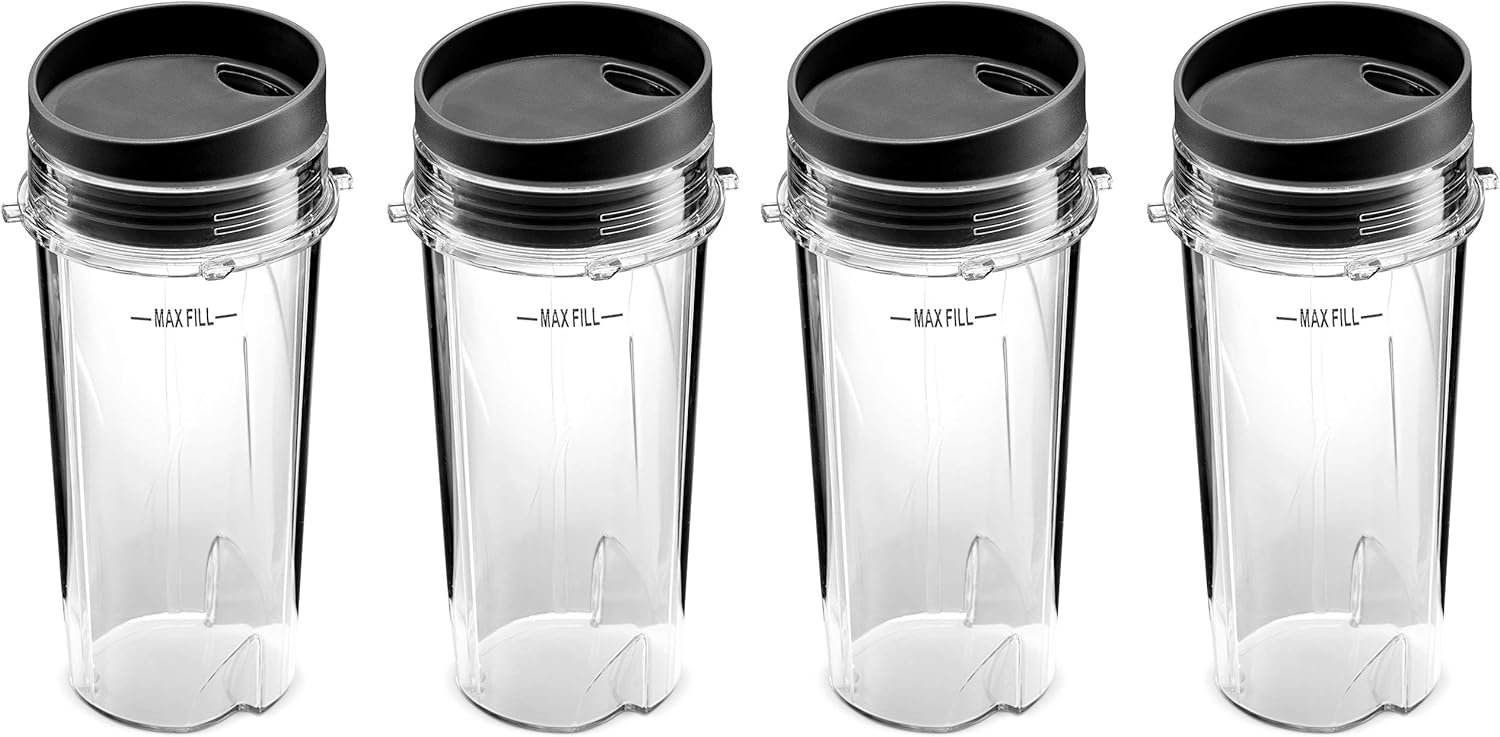Welcome back to TheKitchenApplianceDad.com, where we delve deep into all things related to kitchen gadgets and appliances. Today, we’re focusing on a question that pops up frequently among our community of home chefs and smoothie enthusiasts: Are Ninja blender cups heat resistant?
Ninja blenders have carved out a significant niche in the market, thanks to their robust performance and durability. But when you’re blending up your favorite hot soups or steaming beverages, it’s crucial to know how much heat your Ninja blender cups can handle. So, let’s get right into the heat of things!
Before we dive into the heat resistance of Ninja blender cups, let’s understand what they are made of. Ninja blender cups are typically crafted from BPA-free plastic, which ensures that they are safe for food contact and do not leach harmful chemicals into your food. This material is known for its durability and clarity, making it a popular choice for high-quality blender cups.
However, the question of heat resistance is not just a matter of material composition but also about design and intended use. Ninja blenders are designed with a range of functionalities, and some models are indeed suitable for processing hot liquids.

Ninja blender cups are built to withstand the typical temperature ranges involved in blending cold or room temperature ingredients. However, when it comes to heat resistance, there are certain guidelines and limitations you need to be aware of.
Ninja blenders are generally not recommended for blending boiling or very hot liquids. The reason for this is manifold. Firstly, blending hot liquids can create pressure inside the blender cup due to steam, which may cause the lid to pop off and result in potential injury or mess. Secondly, excessive heat can compromise the integrity of the plastic, potentially warping or damaging the cup.
According to Ninja’s own guidelines and user manuals, it is recommended to let hot liquids cool for a few minutes before blending. Ideally, the temperature of the liquids should not exceed 180 degrees Fahrenheit (82 degrees Celsius). This precaution not only ensures your safety but also the longevity of your blender cup.
If you do need to blend something warm or hot in your Ninja blender cup, here are some best practices to follow:
If you’re an avid maker of soups, hot chocolates, or other warm beverages, you might want to consider alternatives better suited for handling hot ingredients:
To ensure the longevity of your Ninja blender cups, proper care and maintenance are key. Here are some tips:
Ninja blender cups offer versatility and convenience for a variety of blending tasks. However, when it comes to handling hot liquids, caution is essential. While they are not designed for boiling temperatures, with proper precautions, you can safely blend warmer ingredients in your Ninja blender cups.
Remember to always consult your Ninja blender’s user### Key Takeaways
Here at TheKitchenApplianceDad.com, we hope this guide has provided you with the insights you need to blend safely and effectively with your Ninja blender cups. Stay tuned for more expert advice on all your kitchen appliance questions!

